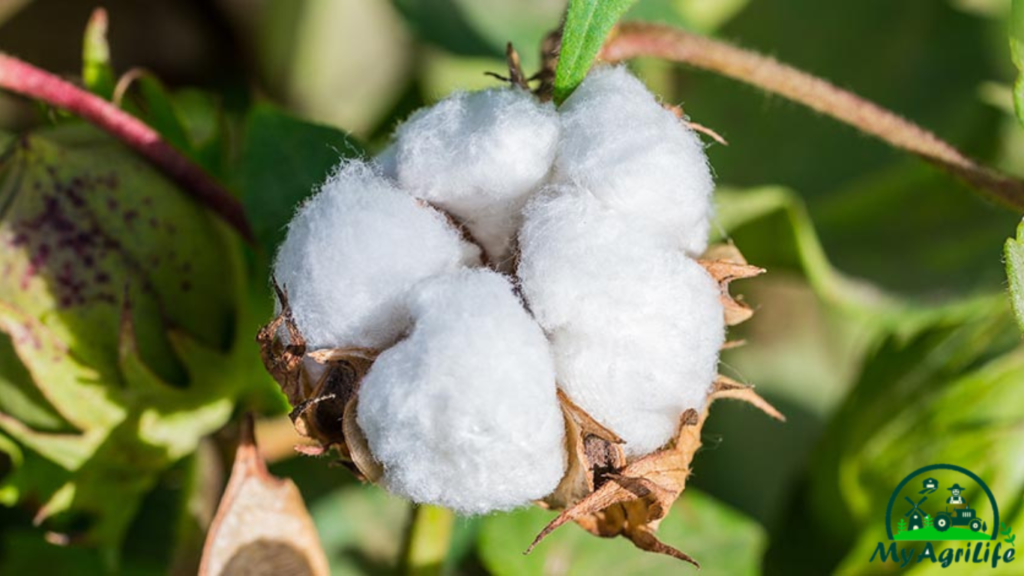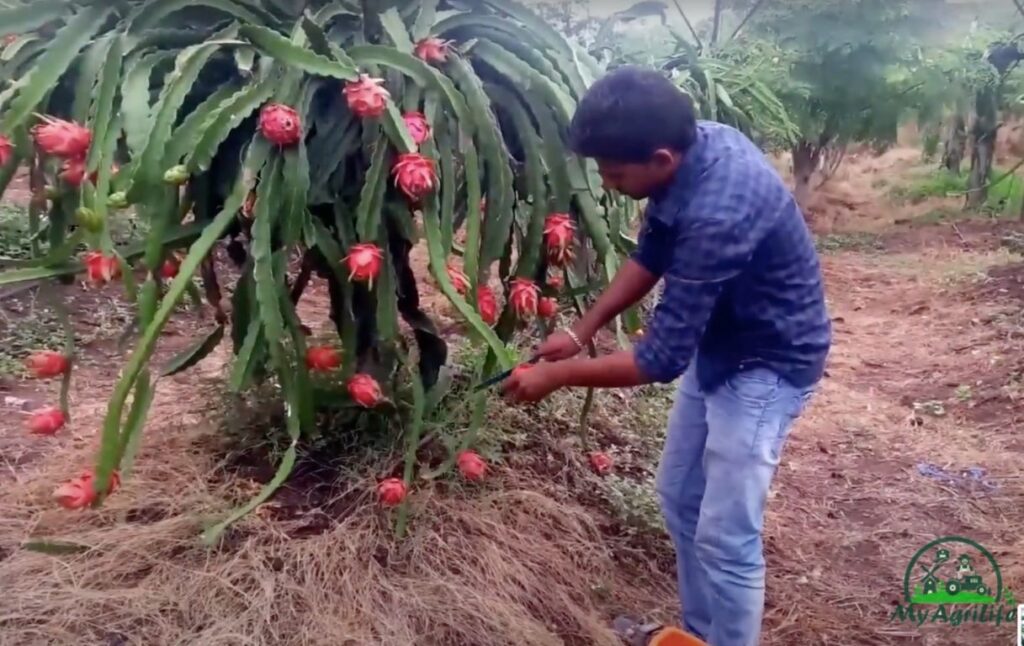
Tomato (टमाटर) is a fruit that is widely used in cooking and enjoyed around the world. It belongs to the Solanaceae family and its scientific name is Solanum lycopersicum.
Tomatoes are native to South America but are now cultivated in many countries, and there are many different varieties available. They are typically round or oblong in shape and can be red, yellow, green, or even purple in color. The fruit is juicy and pulpy with small seeds in the center.
Tomatoes are a rich source of vitamins A and C, potassium, and lycopene, a powerful antioxidant that has been associated with reduced risk of certain types of cancer and heart disease. They are also low in calories, making them a great choice for those looking to maintain a healthy diet.
Tomatoes are used in a wide range of dishes, including salads, sauces, soups, and stews. They can be eaten raw or cooked and are a popular ingredient in Italian, Mexican, and Mediterranean cuisines. Additionally, tomato paste and canned tomatoes are commonly used as ingredients in many recipes.
Seed Specification tomato
The seed specification for tomatoes can vary depending on the variety, but here are some general characteristics:

Seed size: Tomato seeds are generally small, with an average weight of around 0.3 to 0.5 grams per 100 seeds. However, some varieties may have larger or smaller seeds.
Seed color: Tomato seeds can be various shades of brown or black, and some may have a mottled appearance.
Germination rate: Tomato seeds have a high germination rate, usually around 85% to 95% when planted under ideal conditions.
Seed viability: Tomato seeds can remain viable for several years if stored properly in a cool, dry place.
Seed coat: Tomato seeds have a hard outer coating, which can make them slow to germinate. Scarifying the seed coat, by nicking or scratching it with a knife or sandpaper, can improve germination rates.
Seed treatment: Some tomato seeds may be treated with fungicides or other chemicals to protect against disease or pests.
When purchasing tomato seeds, it’s important to choose a reputable supplier and to check the seed packet for information on the specific variety, germination rate, and planting instructions.
Land Preparation
Before planting tomatoes, it is important to prepare the land properly. Here are some steps for land preparation:
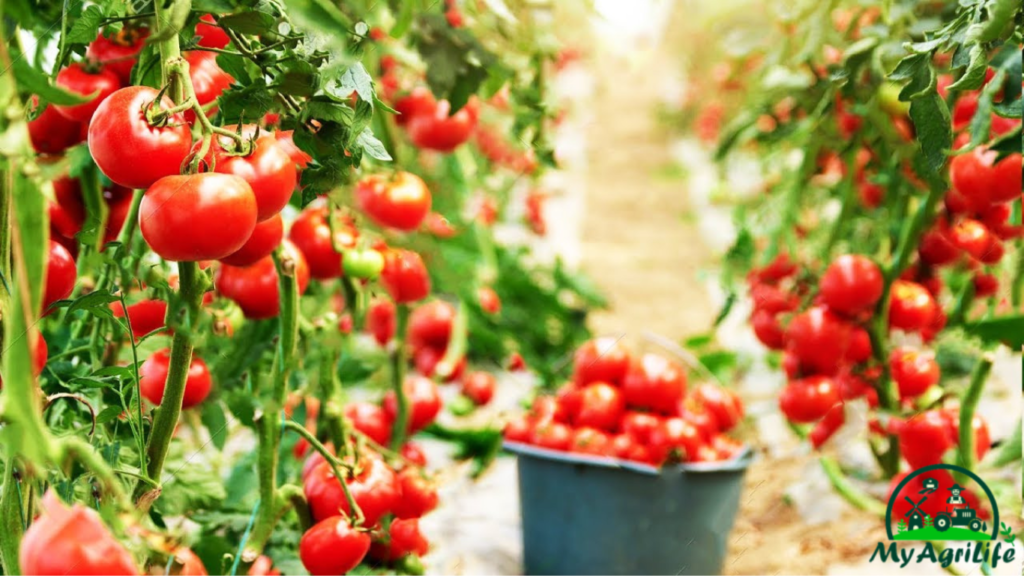
1.Clear the land of any debris, rocks, or weeds.
2.Till the soil to a depth of at least 8 to 12 inches to loosen it and remove any compacted areas.
3.Incorporate organic matter into the soil, such as compost or aged manure, to improve soil structure and fertility.
4.Test the soil to determine its pH level and nutrient content. Adjust the pH level if necessary and add any necessary amendments to provide the necessary nutrients for tomato growth.
5.Level the soil to ensure even drainage and prevent waterlogging.
Soil Health
Tomatoes grow best in well-drained soil that is rich in organic matter and has a pH level between 6.0 and 7.0. Here are some tips for maintaining soil health:

1.Rotate crops to prevent soil-borne diseases and pests.
2.Use cover crops to improve soil fertility and structure.
3.Mulch around tomato plants to retain moisture, prevent weed growth, and maintain soil temperature.
4.Avoid over-fertilization, which can lead to excessive vegetative growth and reduced fruit production.
5.Avoid over-watering, which can lead to waterlogged soil and root rot.
6.Monitor the soil for nutrient deficiencies and adjust fertilization accordingly.
Maintaining soil health is important for growing healthy tomato plants and achieving high yields. Regular soil testing and amendments, crop rotation, and the use of cover crops and mulch can help to maintain soil fertility and structure.
Crop Spray for Tomato Plants

Spraying tomato plants with pesticides, fungicides, or other treatments can help prevent diseases, pests, and other problems that can affect the growth and yield of the plants. Here are some common crop sprays used for tomato plants:
Fungicides: To control fungal diseases such as early blight, late blight, and powdery mildew, a fungicide spray may be necessary. Common fungicides for tomatoes include copper-based products, sulfur, and neem oil.
Insecticides: Tomato plants can be susceptible to a variety of insects, including aphids, whiteflies, and tomato hornworms. Insecticides such as pyrethrin or neem oil can help control these pests.
Herbicides: Weeds can compete with tomato plants for nutrients and water. Herbicides such as glyphosate can be used to control weeds in the area around tomato plants.
It is important to follow the manufacturer’s instructions when using any crop spray, and to use them only when necessary to avoid harming beneficial insects and pollinators.
Fertilizer Specification for Tomato Plants

Tomato plants require a balanced supply of nutrients to grow and produce fruit. Here are the key nutrients needed by tomato plants and their fertilizer sources:
Nitrogen (N): Nitrogen is essential for vegetative growth and leaf development. Fertilizer sources of nitrogen include urea, ammonium nitrate, and ammonium sulfate.
Phosphorus (P): Phosphorus is important for root development, flowering, and fruit production. Fertilizer sources of phosphorus include bone meal, rock phosphate, and superphosphate.
Potassium (K): Potassium is important for fruit development and disease resistance. Fertilizer sources of potassium include potassium chloride, potassium sulfate, and potassium nitrate.
In addition to these key nutrients, tomato plants also require micronutrients such as calcium, magnesium, and iron. It is important to follow soil test recommendations when fertilizing tomato plants, as over-fertilization can lead to excess vegetative growth and reduced fruit production.
Weeding Tomato Plants
Weeds can compete with tomato plants for water, nutrients, and light, and can also harbor pests and diseases. Here are some tips for weeding tomato plants:
1.Pull weeds by hand, taking care not to damage the tomato plant’s roots.
2.Use a hoe or cultivator to remove weeds in between rows or in larger areas.
3.Use mulch, such as straw or shredded leaves, around tomato plants to suppress weed growth.
4.Apply a pre-emergent herbicide to prevent weed seeds from germinating.
It is important to weed tomato plants regularly to prevent weeds from becoming established and competing with the tomato plants.
Irrigation for Tomato Plants
Tomato plants require consistent moisture to grow and produce fruit. Here are some tips for irrigating tomato plants:
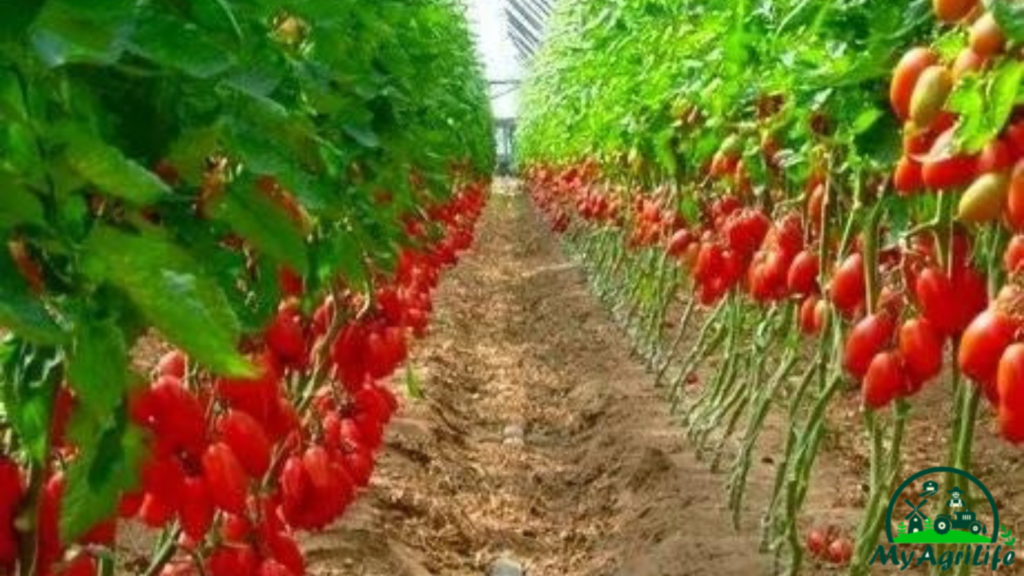
1.Water tomato plants deeply and infrequently, rather than shallowly and frequently. This helps encourage deeper root growth and prevents waterlogging of the soil.
2.Water tomato plants in the morning to reduce the risk of disease and allow the leaves to dry before nightfall.
3.Use drip irrigation or a soaker hose to deliver water directly to the roots and minimize water loss through evaporation.
4.Avoid overhead watering, which can lead to disease and waterlogging of the soil.
It is important to monitor soil moisture levels and adjust watering frequency as needed based on weather conditions and the stage of plant growth. Under-watering or over-watering can lead to reduced fruit production and other problems.
Harvesting Tomato Plants
Tomatoes are typically ready for harvest when they are fully ripe, firm, and have reached their mature color. Here are some tips for harvesting tomato plants:
1.Pick tomatoes when they are fully ripe, but before they become overripe and start to rot or split.
2.Use a sharp pair of pruning shears or scissors to cut the stem of the tomato, taking care not to damage the plant or other fruit.
3.Harvest tomatoes in the morning when they are cool and have the highest sugar content.
4.Handle tomatoes gently to avoid bruising or damaging the fruit.
Storage of Tomatoes
Tomatoes should be stored under the proper conditions to extend their shelf life and maintain their flavor and texture. Here are some tips for storing tomatoes:
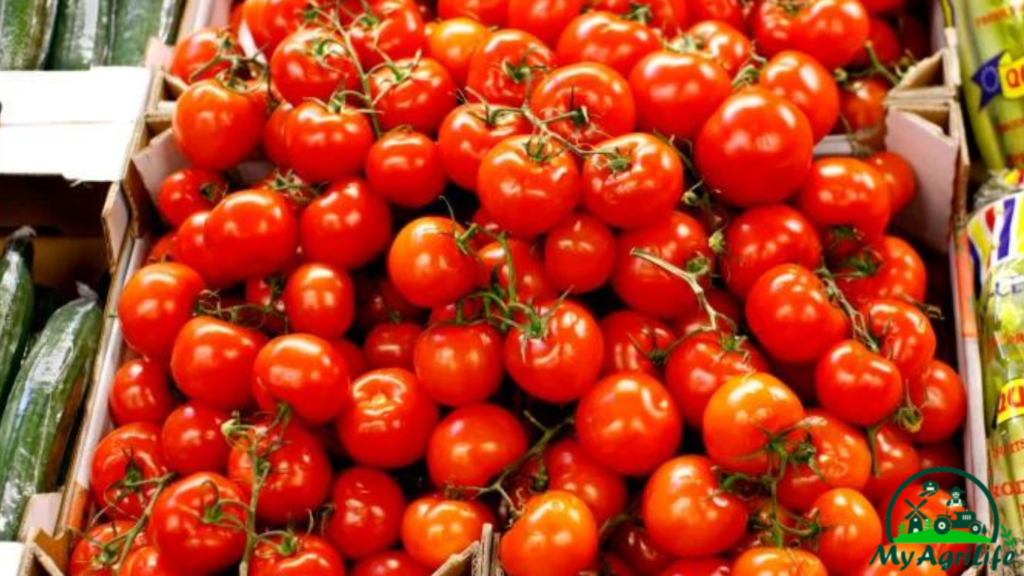
1.Store tomatoes at room temperature, away from direct sunlight, in a cool, dry place.
2.Avoid storing tomatoes in the refrigerator, as this can cause them to lose flavor and become mealy.
3.Keep tomatoes away from ethylene-producing fruits such as bananas or apples, as this can cause them to ripen and spoil more quickly.
4.Store tomatoes with their stems facing upward to prevent them from bruising or developing soft spots.
Tomatoes can last for several days to a week when stored properly. For longer storage, tomatoes can be canned, frozen, or dried.
conclusion
In conclusion, tomato farming is a popular and profitable agricultural activity worldwide. It requires proper land preparation, seed selection, irrigation, fertilization, pest and disease control, and harvesting and storage techniques to achieve a successful harvest. Tomato farming can be done on a small scale for personal consumption or on a large scale for commercial purposes. With proper planning, management, and maintenance, tomato farming can provide a significant source of income and contribute to the local economy. However, it is important to be aware of the environmental and social impacts of tomato farming and adopt sustainable practices to minimize negative impacts and ensure long-term viability.








